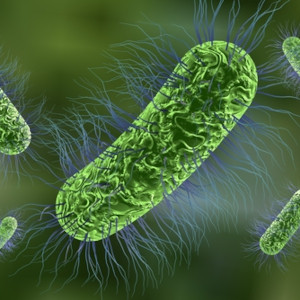
Escherichia coli bacteria are found in human and animal intestines worldwide.
Some strains of the Escherichia coli bacteria, such as EPEC (enteropathogenic Escherichia coli), ETEC (enterotoxic E. coli), EIEC (enteroinvasive E. coli), EHEC (enterohaemorrhagic E. coli) and EAEC (enteroaggregative E. coli) produce toxins that can cause diarrhoeal diseases.
Incubation period: up to 72 hours
Duration of illness: 2 - 8 days
323 kHz -327 kHz Eschericia coli.
Infectivity category: 2-3.
There is a big difference in the harmfulness of the subpathogens.
There are various strains of bacteria that occur naturally in the intestinal flora, and their excessive multiplication can lead, for example, to
Inflammation of the stomach and intestines
- Abdominal pain
- Nausea
- Vomiting
- Diarrhoea
- Fever
lead.
The bacterium acts as a pathogen in the urogenital system.
It can also cause inflammation of the gallbladder.
If the bacteria are present in an increased amount in the colon and HPV 426-438 is present, colon cancer can develop, as well as adenocarcinoma.
The growth rate is accelerated by the 'coli colony' factor.
Common frequency spectrum:
355 kHz - 357 kHz
392 kHz -393 kHz
